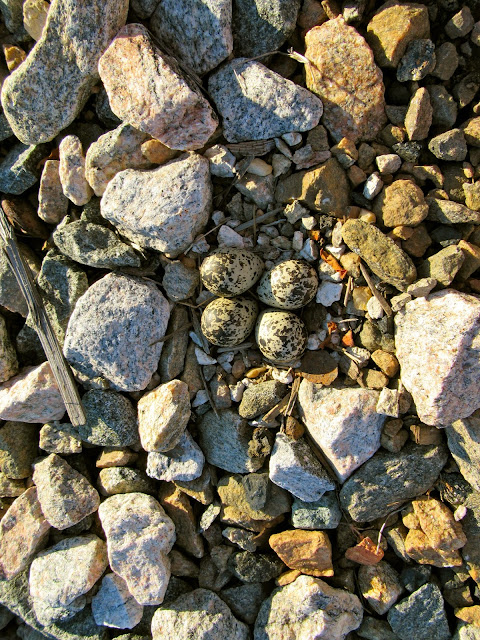Fantastical beasts abound in the wilds of Carolina,
but you must venture outside to find them!
Outrageously patterned creatures of colors galorious,
defying belief,
even while restoring it.
even while restoring it.
Yes, there are countless fantabulous creepers and crawlers
more amazing than our minds could ever conjure;
living right where they've always lived...
more amazing than our minds could ever conjure;
living right where they've always lived...
but you won't find them under the couch or behind the TV;
No, not there.
For surreal as they seem,
these neighbors of ours can only be found
in the world of the really real,
For surreal as they seem,
these neighbors of ours can only be found
in the world of the really real,

down on the ground beneath the pines and the oaks and the hickories,
among the moss and the straw and the cones,
among the moss and the straw and the cones,
and the pathway to that realm begins
just beyond your door!
just beyond your door!
Scarlet Kingsnake
Lampropeltis elapsoides
Hyberbole aside, an encounter with this remarkable animal is a rare and exciting treat for the dedicated naturalist or the casual observer. Even folks who routinely work in the woods often go a lifetime without a single encounter, so we're mighty thankful to have had the opportunity to meet one in person and share the experience through lens and pen.
The striking pattern of red, white(or yellow), and black stripes exhibited by the Scarlet Kingsnake is an excellent example of the phenomenon of Batesian mimicry in which a harmless animal shares an ecological niche with a venomous or poisonous animal and has evolved an appearance similar to the harmful animal, resulting in protection from a shared predator.
In this instance, the scarlet kingsnake strongly resembles the highly venomous eastern coral snake, whose habits and habitat it shares in southeastern North Carolina. The banding pattern is different enough to allow the careful observer to reliably distinguish between the two, however, and the difference has been incorporated in several memorable rhymes, along the lines of
"Red touch yellow, kill a fellow; Red touch black, friend of Jack."
Interestingly enough, both snakes share their habitat with another harmless mimic, the scarlet snake, which is almost identical to the scarlet kingsnake except that its belly is solid white or pale yellow, while the kingsnake's banded pattern continues onto its underside.
Our native reptiles should be quite active from now until late fall,
so stay tuned for more encounters!
Lampropeltis elapsoides
Hyberbole aside, an encounter with this remarkable animal is a rare and exciting treat for the dedicated naturalist or the casual observer. Even folks who routinely work in the woods often go a lifetime without a single encounter, so we're mighty thankful to have had the opportunity to meet one in person and share the experience through lens and pen.
The striking pattern of red, white(or yellow), and black stripes exhibited by the Scarlet Kingsnake is an excellent example of the phenomenon of Batesian mimicry in which a harmless animal shares an ecological niche with a venomous or poisonous animal and has evolved an appearance similar to the harmful animal, resulting in protection from a shared predator.
In this instance, the scarlet kingsnake strongly resembles the highly venomous eastern coral snake, whose habits and habitat it shares in southeastern North Carolina. The banding pattern is different enough to allow the careful observer to reliably distinguish between the two, however, and the difference has been incorporated in several memorable rhymes, along the lines of
"Red touch yellow, kill a fellow; Red touch black, friend of Jack."
Interestingly enough, both snakes share their habitat with another harmless mimic, the scarlet snake, which is almost identical to the scarlet kingsnake except that its belly is solid white or pale yellow, while the kingsnake's banded pattern continues onto its underside.
Our native reptiles should be quite active from now until late fall,
so stay tuned for more encounters!





























































